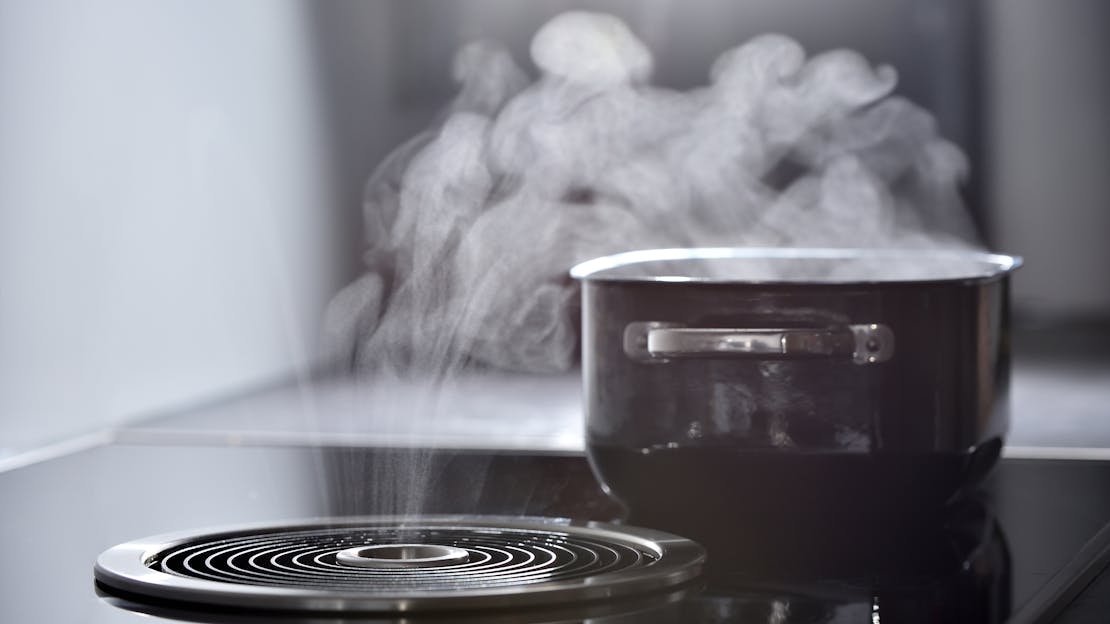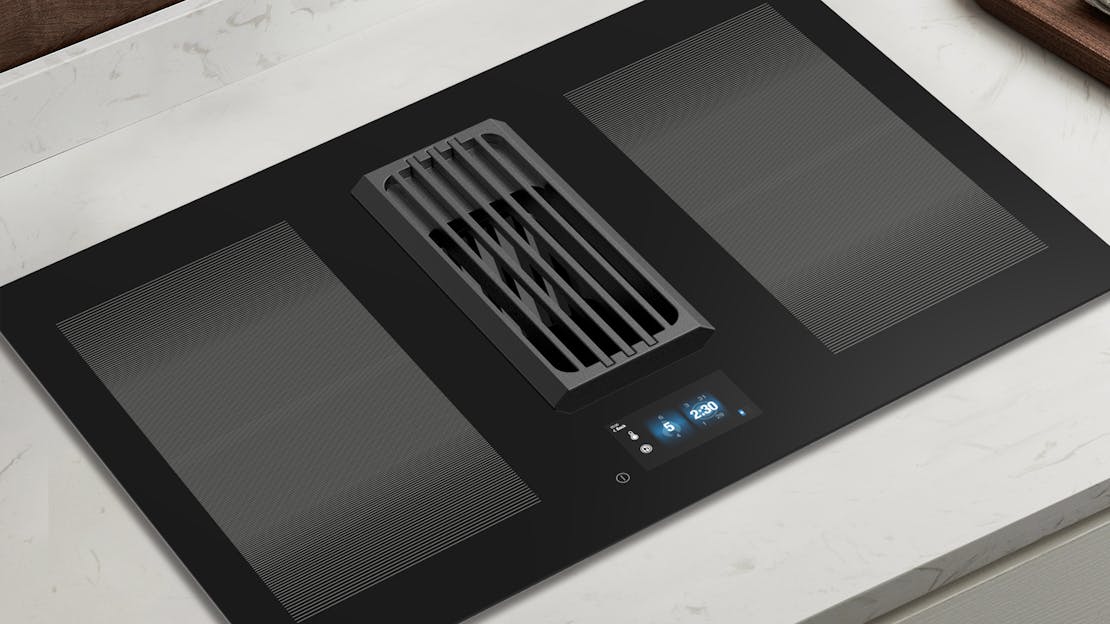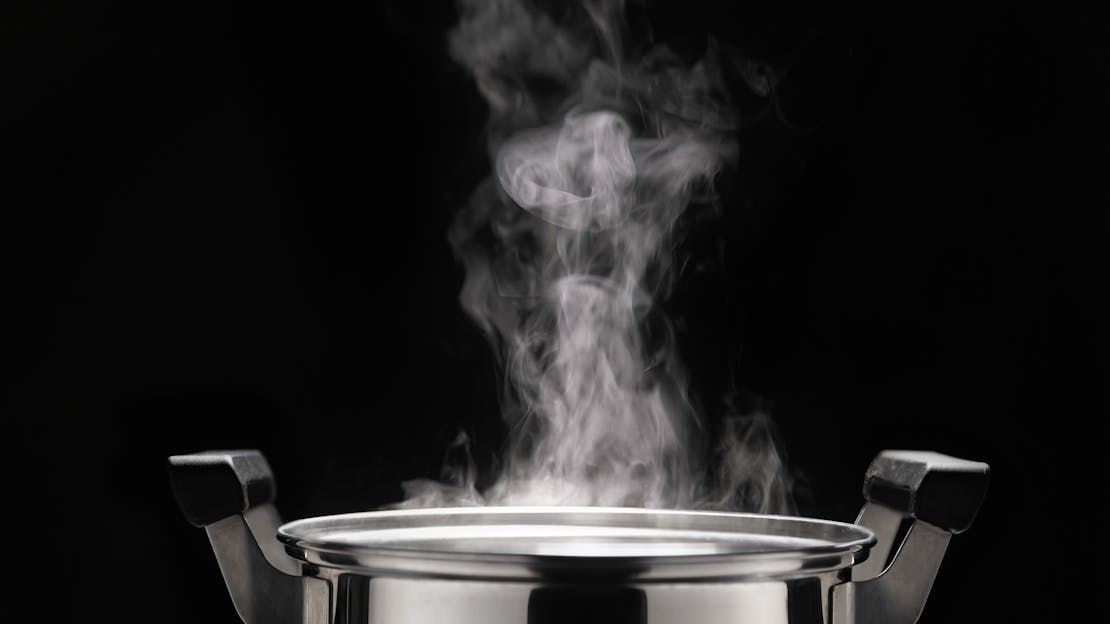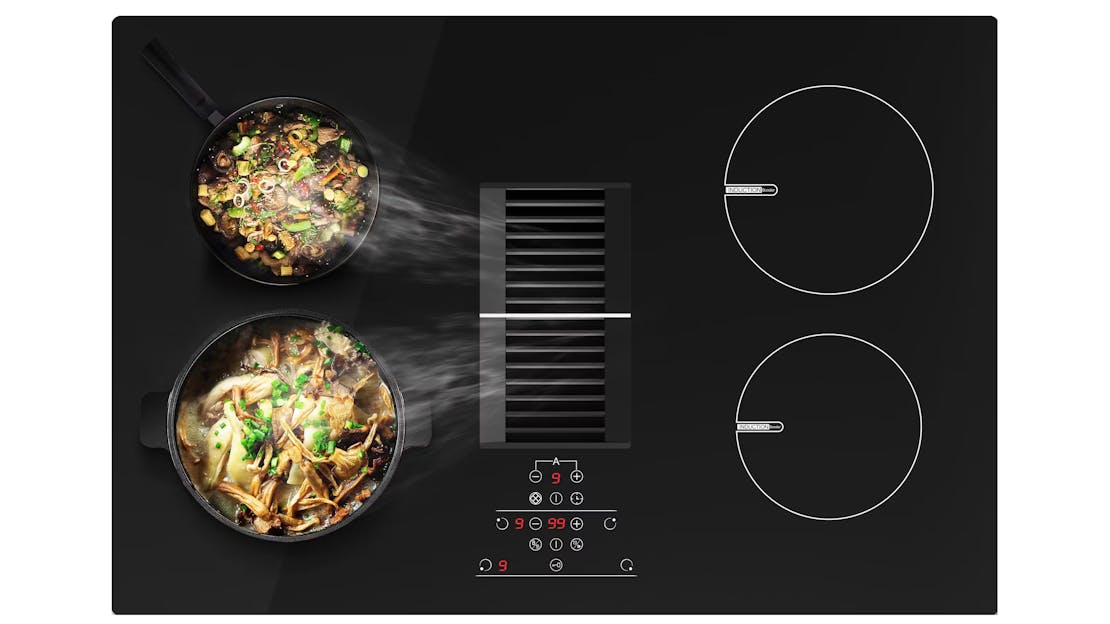
How does a vented hob work
A vented hob, also known as a downdraft hob, is revolutionising kitchen ventilation. This innovative appliance integrates a ventilation system directly into the cooking surface, offering a sleek and space-saving solution for kitchens. Let's delve into how these hobs work and why they're gaining popularity among homeowners.
Cooking Surface
At the heart of a vented hob lies its cooking surface, similar to that of a traditional hob. Here, cooking zones powered by induction provide the platform for culinary creativity.
Integrated Ventilation System
What distinguishes a vented hob is its seamlessly integrated ventilation system. Typically, this system comprises vents or grates strategically positioned around the perimeter of the cooking surface. Some models feature retractable downdraft vents that elegantly rise when needed and discreetly retract when not in use.
Capturing Steam and Smoke
During cooking, steam, smoke, and odours naturally arise. Unlike conventional hobs, where these elements disperse into the kitchen air, vented hobs efficiently capture them through strategically placed vents.
Airflow Direction
Once captured, the ventilation system directs steam, smoke, and odours downwards. Fans or blowers, situated beneath the cooking surface, facilitate this downward airflow.
Filtration and Exhaust
Before being released back into the kitchen or vented outside, the captured air undergoes filtration. Specialised filters trap grease, odours, and other impurities, ensuring cleaner air circulation. Some models expel air outside via ductwork, while others recirculate it after passing through additional charcoal filters.
Efficiency and Effectiveness
Vented hobs excel in capturing cooking by-products directly at the source, enhancing their effectiveness. However, performance may vary based on factors such as the ventilation system's power, filter quality, and proximity of pots and pans to the vents.
Maintenance
To maintain optimal performance, regular maintenance is essential. Cleaning or replacing filters as needed ensures efficient airflow and filtration.
Conclusion
In summary, vented hobs offer a convenient and space-saving solution for kitchens, seamlessly integrating ventilation into the cooking experience. Their innovative design enhances both functionality and aesthetics, making them a popular choice for modern kitchen layouts.
Venting Downdraft Hobs from MyAppliances
Experience superior ventilation with our venting downdraft hobs. Engineered to eliminate smoke and odours effortlessly, our range ensures a clean and comfortable cooking atmosphere. Invest in your kitchen with our high-performance options.
Vented Hob Buying Guides
-
Vented Hob Buying Guides
In this article, we'll explore the functionality and benefits of vented induction hobs to assess their practicality and effectiveness.
-
Vented Hob Buying Guides
In this guide, we delve into the world of vented and non-vented hobs to help you make an informed decision.
-
Vented Hob Buying Guides
In recent years Vented Hobs, also known as Downdraft Induction Hobs, have seen a significant uptick in popularity, reshaping the landscape of kitchen appliances. This guide delves into the factors driving their ascent, from their space-saving design to their efficient cooking experience.
-
Vented Hob Buying Guides
A downdraft induction hob, often referred to as a vented hob is a versatile kitchen appliance that seamlessly integrates the benefits of both induction cooking and a built-in downdraft ventilation system.




